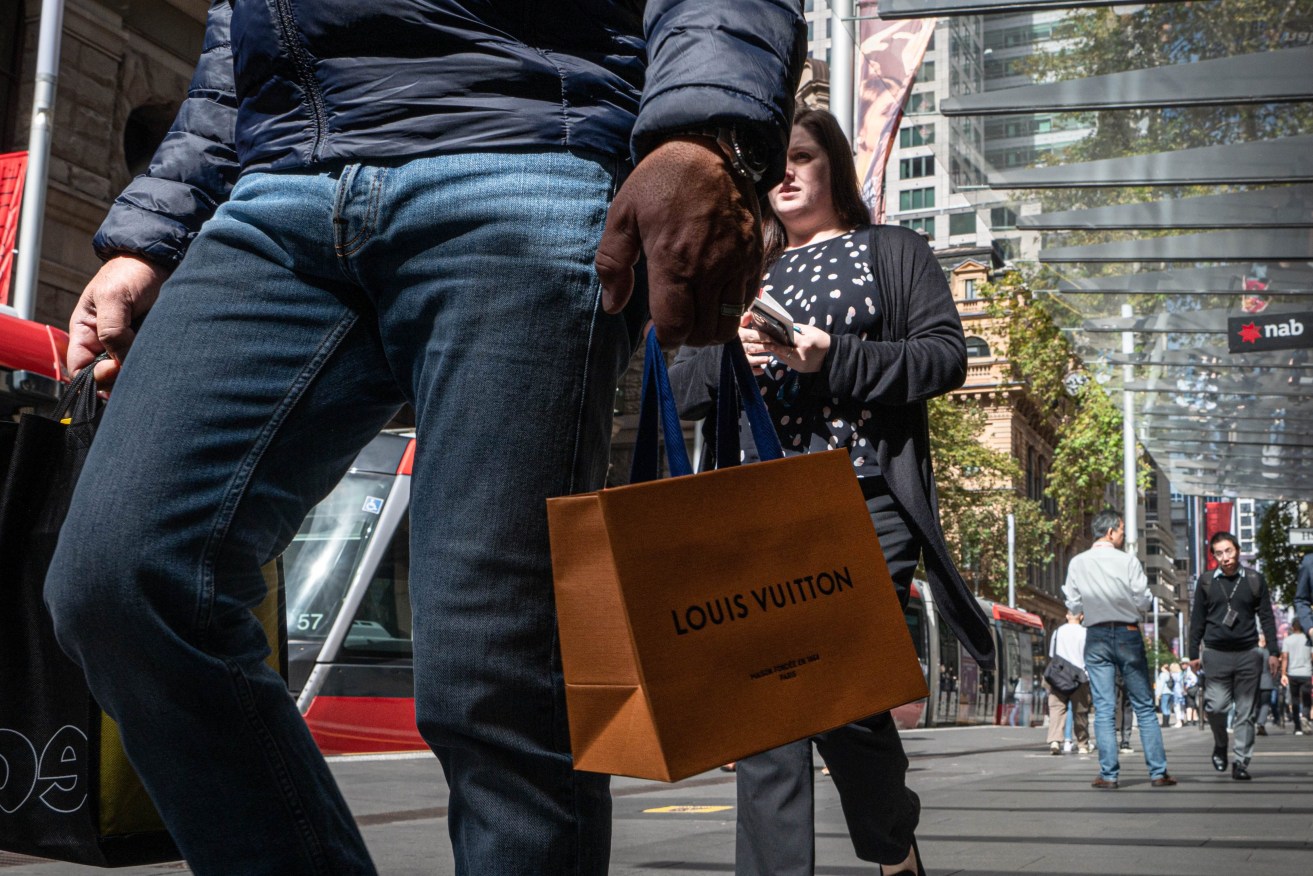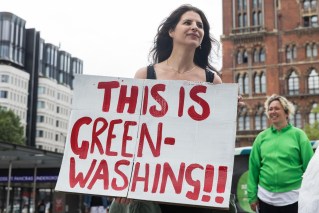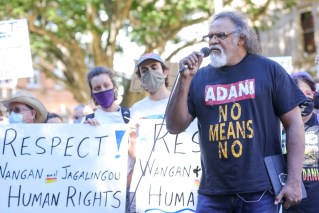Inflation on its way down but don’t crack out the champagne just yet
The consumer Price Index rose 1.4 per cent in the March quarter and 7 per cent for the year, slightly higher than expected.


The inflation data will dictate the next RBA move (AAP Image/Flavio Brancaleone) NO ARCHIVING
However, the result was still a significant fall from the 7.8 per cent result in the December quarter.
The quarterly rise was the lowest since December 2021 and while prices rose for most goods and services, the increases were smaller than they had been in most recent quarters.
By itself, the 1.4 per cent increase would mean an annualised rate of only 5.6 per cent inflation.
IFM economist Alex Joiner said that even though the results were slightly higher than expectations, the trimmed mean CPI, which is watched closely by the RBA was below expectations.
He said there was enough to show that inflation had peaked and that there were no red flags that would force the Reserve Bank to increase interest rates in coming months.
There were big increases in education and health, but discretionary spending appeared to be slowing.
The services sector also recorded big increases, mainly in holiday travel, medical services, rents and restaurant meals.
The fall in inflation would be welcomed by households stretched thin by expensive goods and services.
Economists had been widely expecting a sharp drop in headline inflation, but it may not be enough to sway the Reserve Bank board.
ANZ said it had expected headline CPI inflation to have fallen sharply in the first quarter to 6.9 per cent year-on-year.
It comes as consumer confidence increased slightly in the latest survey from ANZ-Roy Morgan.
Consumer prices started surging last year due to global supply side issues, Russia’s invasion of Ukraine and stimulus programs during the pandemic, but the Australian Bureau of Statistic’s inflation quarterly index likely passed its peak last quarter.
A Reuters poll forecast a 1.3 per cent lift in headline inflation in the March quarter, down from a 1.9 per cent lift in the final three months of 2022.
As well as signs of moderation in the monthly inflation gauge, St George senior economist Pat Bustamante said several one-off factors that drove last quarter’s increase, such as the unwinding of state power subsidies and the fuel excise cut, and would not feature in the March edition.
But Bustamante said the RBA, which opted to keep interest rates on pause last month after 10 consecutive hikes, would be on the lookout for a decent fall in core inflation.
Core inflation, which strips out large jumps and falls in prices, increased by 6.9 per cent in the year to December, its fastest pace in more than three decades.
The St George economist said the RBA would have been hoping for a core inflation fall in line with its most up-to-date forecast.
“The closer the March quarter outcome is to the RBA’s June forecast of 6.2 per cent, the more likely the RBA board will be satisfied that they have done enough tightening to ensure inflation is on track to decline to the target band of two-three per cent at the desired pace,” he wrote in an analysis.
The RBA board is due to meet next Tuesday for its May cash rate decision.












